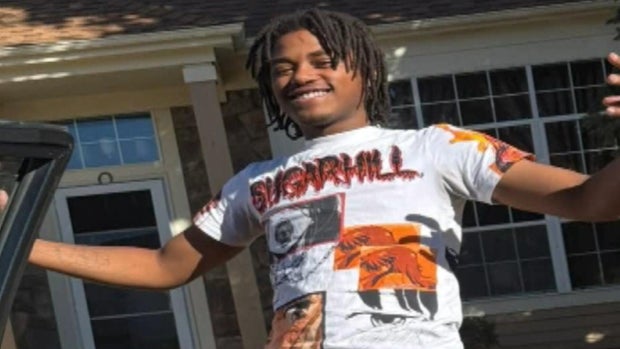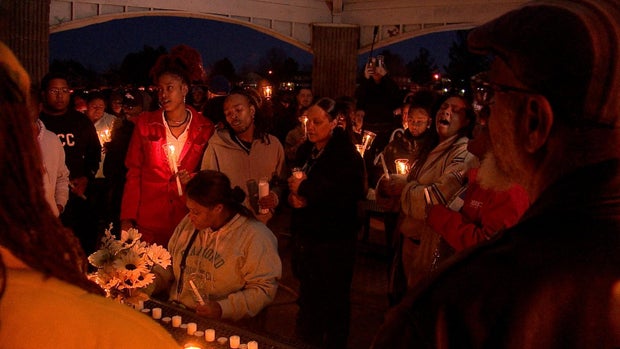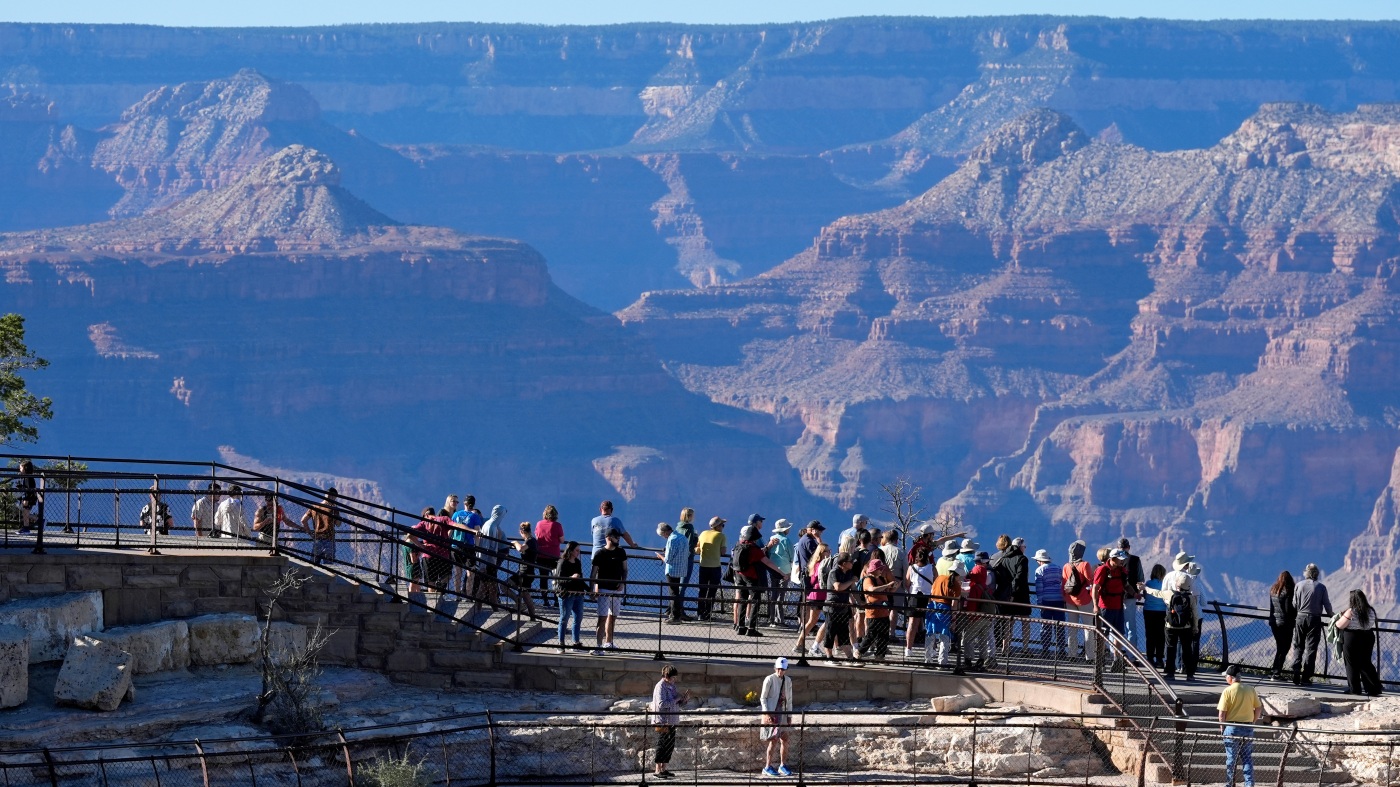George Brauchler
Coloradoâs Democratic legislative delegation is quickly revealing itself to be the BFFs of pedophiles and sex offenders.
Far from political hyperbole, it is a label earned by their recent conduct in our General Assembly.
Last year, a no-brainer of a bill to elevate the crime of masturbating in front of a child from a misdemeanor to the lowest-class felony â a probation-eligible felony â sailed through the state Senate without opposition. Twenty-seven Democrats in the state House, including Denver-area Democratic Reps. Steven Woodrow and Elisabeth Epps, voted against HB 23-1135. Back when Epps showed up on the House floor, she single-handedly filibustered the bill for more than three hours, arguing the penalties for the lowest-level felony are too harsh for someone who pleasures themselves in front of innocent children.
This year, another no-brainer effort â a bipartisan bill â to prevent judges from giving probation to those who commit âsoliciting for child prostitutionâ¦procurement of a child, keeping a place of child prostitution, pimping of a child, inducement of child prostitution, and patronizing a prostituted childâ was introduced in the House. Its mandatory minimum sentence was four years, which amounts to fewer than two years in our broken sentencing system. Democrats still thought that was too much.
Stay up to speed: Sign up for daily opinion in your inbox Monday-Friday
Dem Rep. Jenny Willford bemoaned, âit feels like this bill is very cut and driedâ¦you did this, so now you go to jail⦠but, like, how are you accounting for the nuances?â Nuances? To prostituting a child? To vote against this bill would be to entertain the notion there is a situation in which someone could pimp or prostitute a child and then walk out of the courtroom back into our communities.
Predictably, Democratic leadership sent the bill, sponsored by Reps. Regina English (D), Brandi Bradley (R) and Sen. Kevin Van Winkle (R), to a âkill committee.â Only three witnesses testified against the bill. Two of them were members of the public defenderâs office â who represent those pimping and prostituting children. Ignoring the voluminous testimony in support of the bill, every one of the eight Democratic members of the committee, including Reps. Epps, Woodrow and Nuance Willford, voted to kill HB 24-1092.
In the Senate, things are about to get worse. Few legislators have championed the cause of offenders more than Denver Democratic Sen. Julie Gonzales, the prime sponsor of SB 24-118, a bill to lessen the punishment and accountability of convicted child rapists.
Currently, Colorado recognizes those who sexually prey upon children are dangerous, many times untreatable, and should remain in prison for as long as it takes to get necessary treatment. That is called an indeterminate sentence because we do not know how long it will take for the risk of them re-offending to be minimized (if even possible) by specific, sex-offender treatment.
Gonzales hates that. Gonzales wants to reduce the mandatory amount of time a child rapist will serve by eliminating the indeterminate part of their sentence â independent of whether they are successful in treatment or even engage in treatment. By removing the indeterminate sentence provision, Gonzales makes child sex assaulters eligible for âgood time,â a 25% reduction in their prison sentences.
Additionally, Gonzalesâs bill requires only the highest-risk sex offenders to begin sex-offender treatment while incarcerated. Every other sex offender with a prison sentence must begin treatment only after they have been put back into our communities â with our kids and grandkids. In fact, Gonzales forbids the Department of Corrections from even referring a sex offender for pre-release treatment, unless he is of the highest risk. This ensures child sex offenders and rapists who are classified as anything other than âhigh riskâ will be put back in our communities before they undergo any sex-offender treatment. Sounds safe, doesnât it?
Here’s the trick: every offender who mouths an admission (whether sincere or not) they are a child rapist and wants to change is deemed to be less than âhigh risk.â
Gonzales trusts the parole board to get this right. Coloradans cannot.
Case in point: Kenneth Dean Lee. In 2014, my district attorneyâs office convicted the fake immigration doctor and sexual assaulter of numerous immigrant children, and had him sentenced to 23 years to life in prison. Fewer than six years later, having found sexually violent predator Lee not to be a high risk to reoffend, Gov. Jared Polisâs parole board put him back onto our streets. A year later, he was re-arrested for again pretending to be an immigration doctor and sexually assaulting immigrant children. Lee is not the only losing gamble the parole board has made at the expense of other victims.
Gonzalesâs bill is more insidious than that. Currently, Colorado law punishes more harshly a rapist (18-3-415.5) who knows they are HIV positive and who infects their child victim with HIV. Gonzalesâs bill deletes that entire provision of the law and reduces the extra penalty to zero.
A bizarre, final insult for Coloradans: Gonzales declares her bill lowering the bar for punishment of rapists is for âthe immediate preservation of the public peace,â ensuring it becomes immediately effective without objection by us through the normal petition process. The day Polis signs it is the day it becomes the law.
The party purportedly committed to protecting children has left the Capitol â and has been replaced by a party whose brand is protecting those who prey upon children. Elections have consequences.
George Brauchler is the former district attorney for the 18th Judicial District and is a candidate for district attorney in the newly created 23rd Judicial District. He has served as an Owens Early Criminal Justice Fellow at the Common Sense Institute. Follow him on Twitter(X): @GeorgeBrauchler.















































